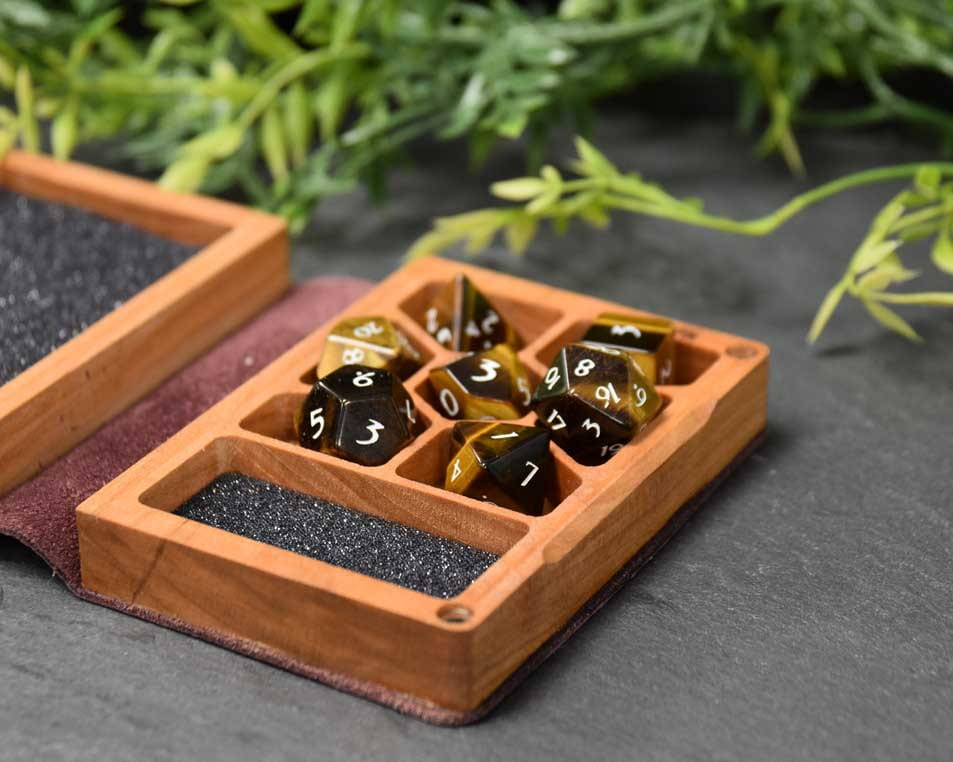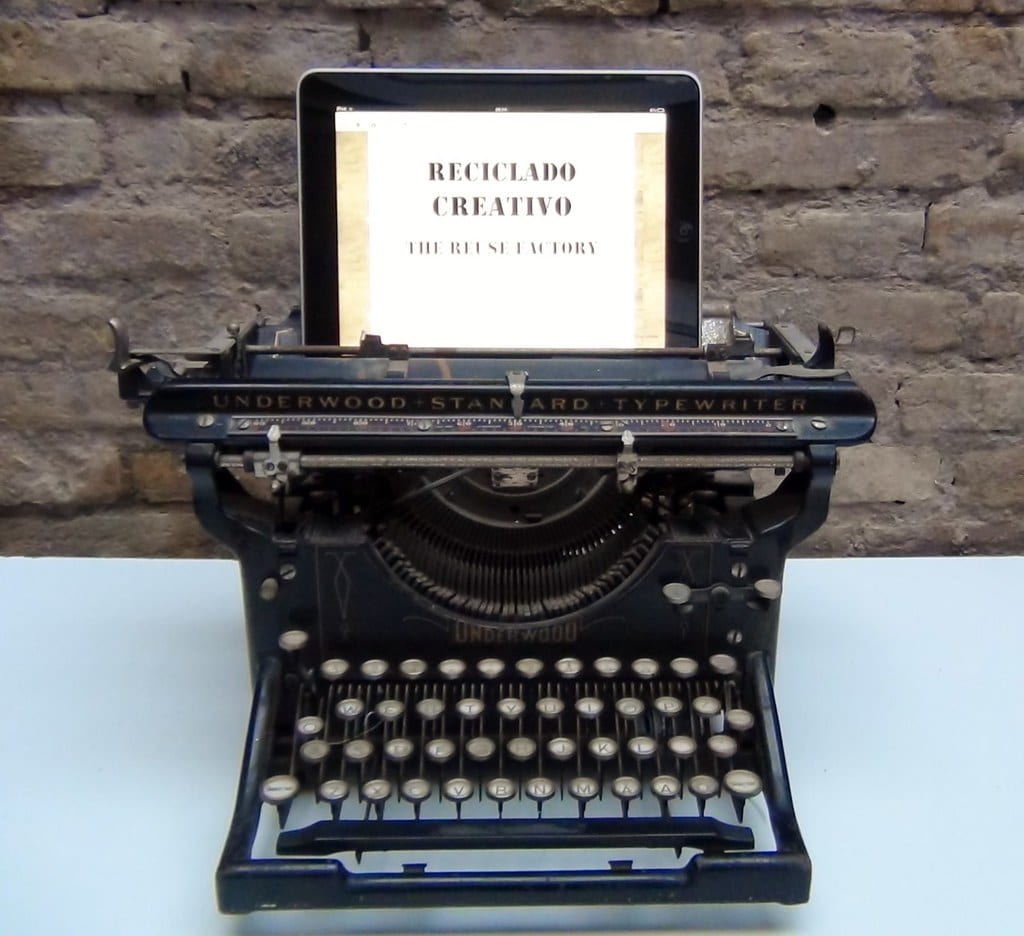

The Story
The story begins when on September 1st 2018, a young Jack Rogers and his father drove from their home in middle Tennessee to Atlanta, Georgia. We were driving up there to attend Dragoncon 2018 and a TWRP Show that happened to be happening on the same day in the same city. While in the Dragoncon Convention Center a booth caught my eye, they were selling custom hand made D&D dice boxes. The dice boxes were decorated to appear as if it were a spell tome and on the inside it had a metal sheet that functioned as a whiteboard, a storage space for dice, and a tray to roll them in. We walked the convention center a few times but I kept coming back to that booth, the boxes were genuine handcrafted wood designs which made it rather expensive, but I wanted it badly. My dad liked the idea of supporting an artist and getting me a product I loved, plus the Dice Book I had my eye on was awesome. A darker wood wrapped in a black leather with iridescent silver designs on the leather in the shape of a phoenix. When we returned to Tennessee the next day I had a new set of dice, a signed poster of my favorite band at the time, and an elderwood academy handcrafted Dice Tome.
The Advertisement
The advertisement was first my dad’s idea, he was really into cinematography and visual effects at the time and wanted to practice and an excuse to spend some productive time with his son. I also suspect he wanted to get me into filmography, if so, good job dad you did it. He pitched the idea to me a year or so after I had purchased the Dice Tome and by the time we had got around to filming it, it was late 2019. While he was describing the vague idea he had for the trailer we further narrowed it down and pitched new ideas until I knew mostly what I wanted for it. I had the idea of using the Tome from a dms perspective with kind of a dark magic vibe assembling a monsterous encounter for the player of this game. We filmed ominous shots showing off the Dice Tomb as if it were an ancient tome of evil magic, I filled it with many red dice and the game token for a greater demon and we got to filming.
The Results
The results of our efforts weren’t immediately obvious, and quite frankly we didn’t expect any at all. We were happy with the work we did and product we produced. It wasn’t until three years later that it would pay off in full. Early 2022 my dad was reached out to by elderwood academy with a proposal; they loved what we had made and offered to send us much of their free merchandise that we could do another video with for them. We of course said yes to this, they may not be paying us with money but the free merch was enough for me, and the exposure would look incredible on a resumé. About a month or two passed with no further contact from Elderwood academy, we thought that they might have forgotten us or decided not to go through with it. It was during this time that Elderwood Academy began releasing many fan made trailers for their work and it was clear we weren’t the only ones reached out to. But in May we got a package in the mail with more than a hundred dollars in a dice scroll, a dice book, and a dice tower. As of the time of writing this I am only beginning work on the next ad for Elderwood Academy, I am very excited and can’t wait to put my last few years of experience to work.


